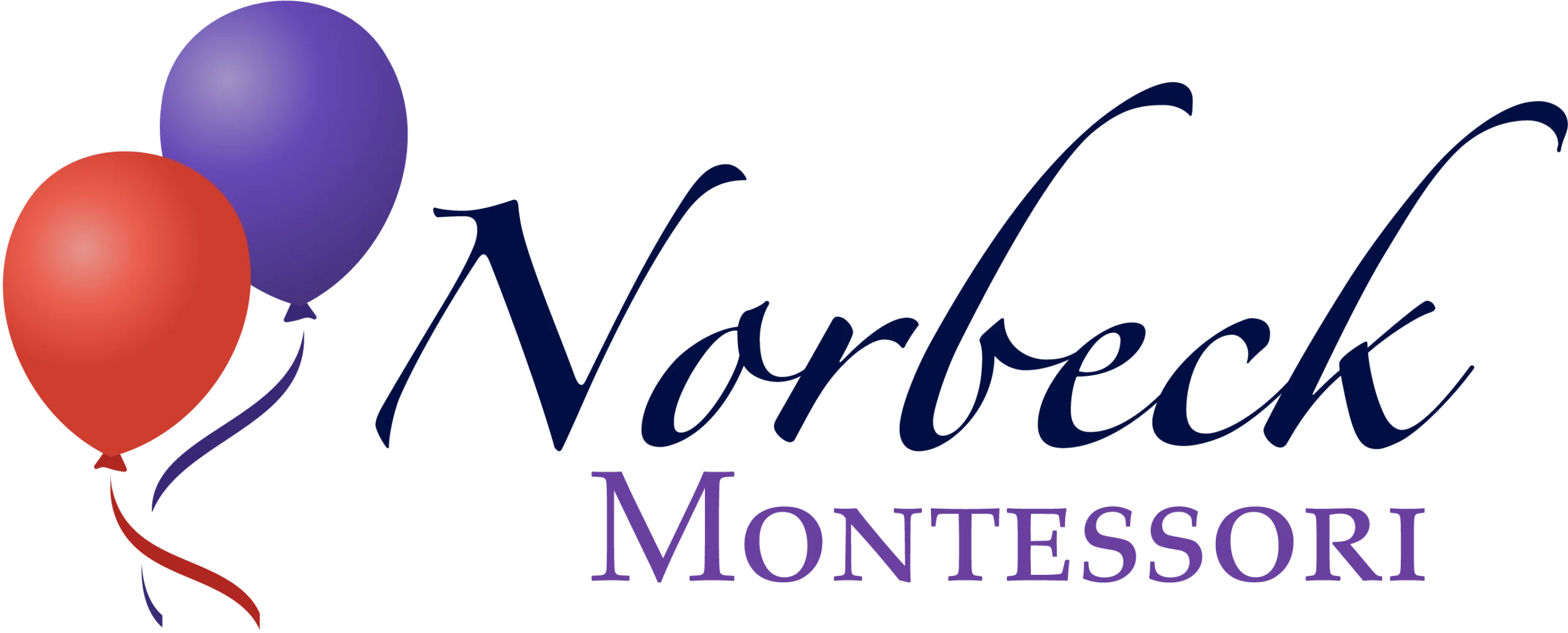What Is the Purpose of the Sensorial Area?
What Is the Purpose of the Sensorial Area?
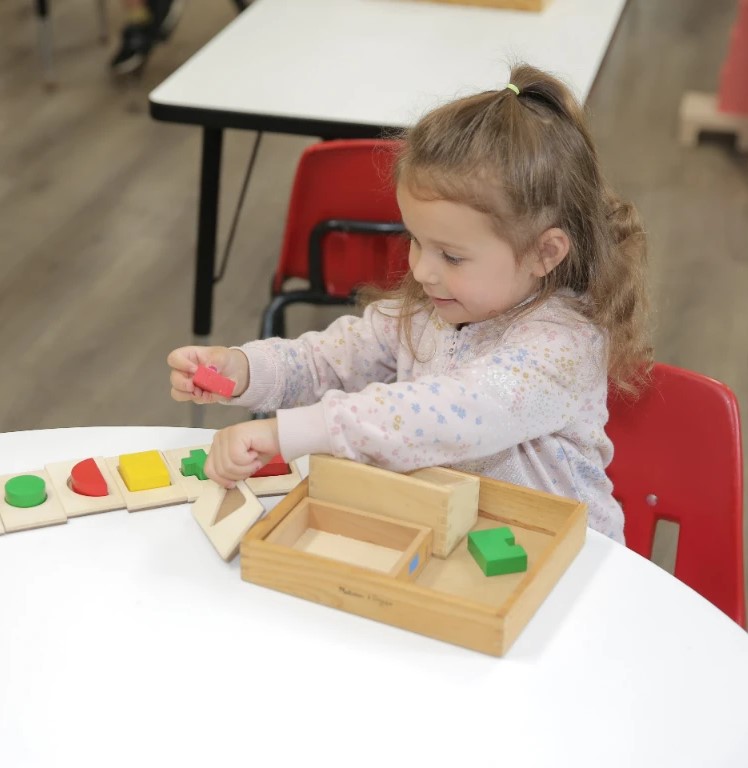
What exactly is a Montessori sensorial lesson?
The purpose of sensorial activities is to help children to sort out the different impressions given by the senses. At Norbeck Montessori in Rockville, these materials are specifically designed to help children develop skills for discrimination, order, and to broaden and refine the senses. So let’s dive right into outlining the definition of Montessori sensorial materials, their purpose, and ways to reinforce some of the things learned in the classroom to the home setting.
The sensorial area in a Montessori classroom focuses on lessons and activities that help develop the five senses: seeing, hearing, touching, tasting, and smelling. The lessons and activities provided in the sensorial area of the classroom help children clarify, classify, and understand the world around them.
The sensorial materials are designed with built-in feedback to control errors aimed to show when a mistake has been made. Children are encouraged to be independent of oversight which develops their self-confidence and incentive to practice and improve. A child’s sense perceptions will become structured and capable of comprehending abstract concepts through experiencing the sensorial lessons. The sensorial area is divided into six categories: size, form, color, tactile, gustatory, olfactory, and auditory.
Types of Sensorial Areas for Learning
The following is a list of a few of the lessons found under each respective categories:
Size:
-
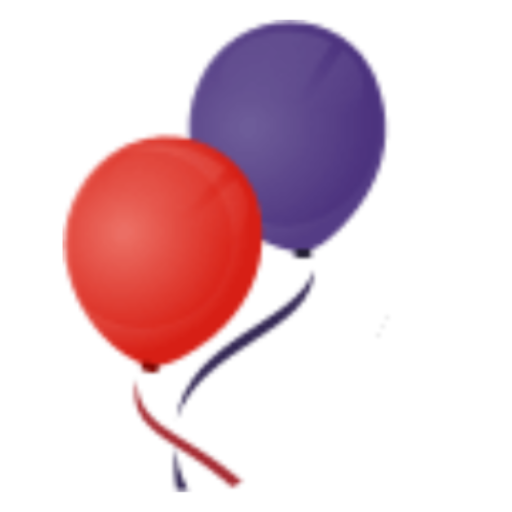 Pink Tower
Pink Tower
-
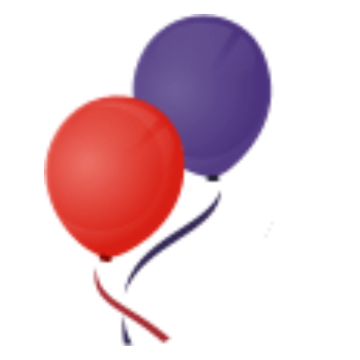 Brown Stairs
Brown Stairs
-
 Knobbed Cylinders
Knobbed Cylinders
-
 Knobless Cylinders
Knobless Cylinders
-
 Red Rods
Red Rods
Lessons within the size category help develop the child’s discrimination of differences in size, and weight. These lessons prepare the children for mathematics – counting numbers, composing numbers, and measuring quantity. By working from left to right and up and down, the children prepare reading and writing. Finally, the children develop coordination, concentration, order and most importantly independence.
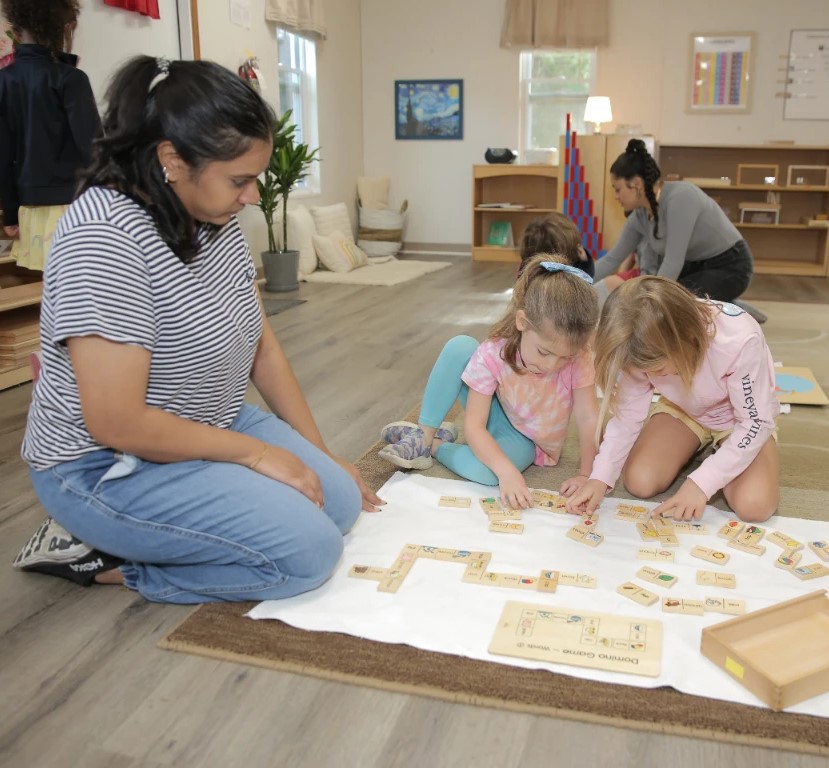
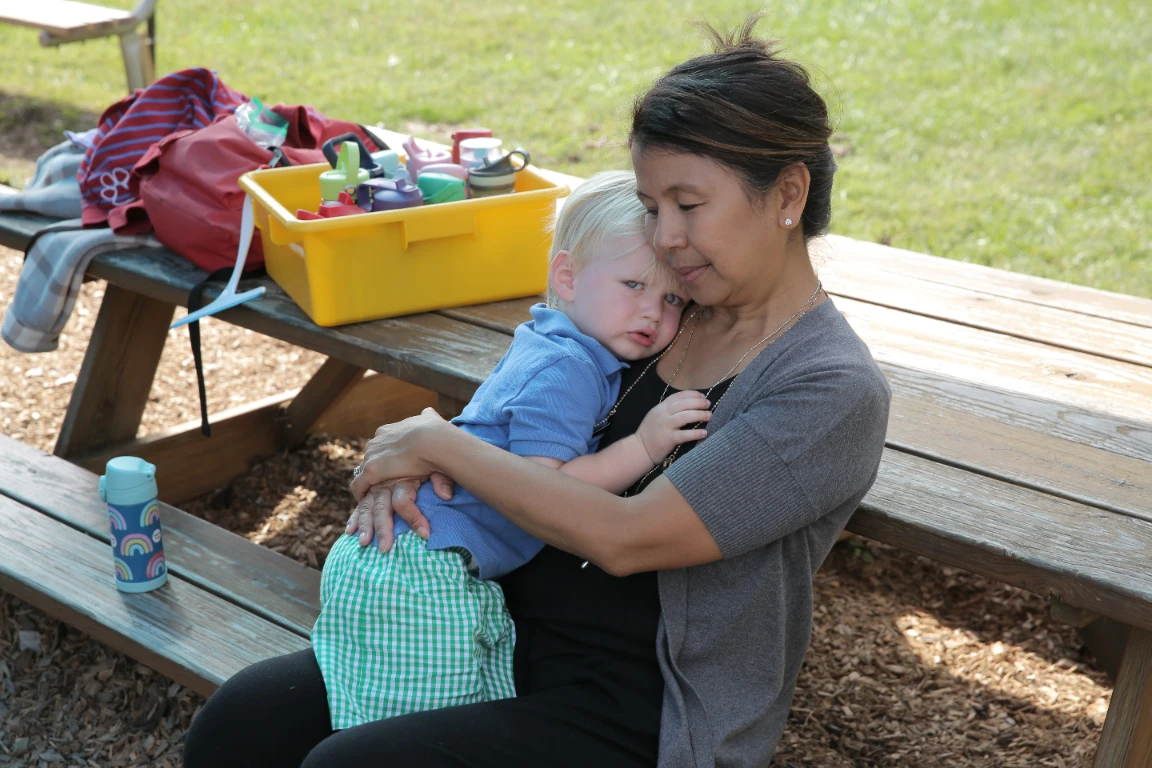
Form:
-
 Geometric Solids & Bases
Geometric Solids & Bases
-
 Binomial Cube
Binomial Cube
-
 Trinomial Cube
Trinomial Cube
-
 Constructive Triangles:
Constructive Triangles:
-
 Rectangle Box
Rectangle Box
-
 Triangle Box
Triangle Box
-
 Large Hexagon Box
Large Hexagon Box
-
 Small Hexagon Box
Small Hexagon Box
Geometric lessons help develop the child’s visual discrimination in shape and form. Additionally, a child develops the ability to observe progression from concrete to more abstract forms, all while the child learns the various figures. Indirectly, these lessons prepare the child for writing.
Color:
-
 Primary Colors Box
Primary Colors Box
-
 Primary Colors Box 2
Primary Colors Box 2
-
 Secondary Color Wheel
Secondary Color Wheel
-
 Value (Black, White, Gray) Color Tablets
Value (Black, White, Gray) Color Tablets
-
 Mixing Black and White
Mixing Black and White
-
 Color Gradation Color Box 3
Color Gradation Color Box 3
Developing the chromatic senses allows a child to learn perceived differences between primary and secondary, as well as the various gradations of each. The color lessons also aim to develop a child’s ability to recognize similarities and differences in colors and order.
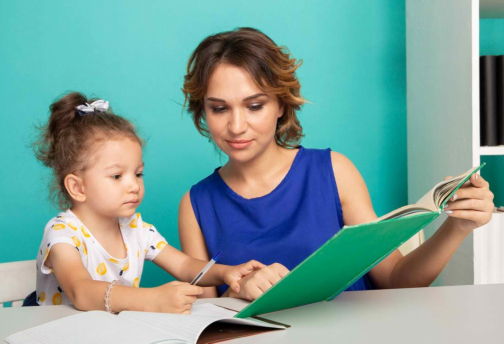

Tactile:
-
 Mystery Bag
Mystery Bag
-
 Matching Mystery Bag
Matching Mystery Bag
-
 Rough and Smooth Touch Boards
Rough and Smooth Touch Boards
-
 Rough and Smooth Touch Tablets
Rough and Smooth Touch Tablets
-
 Fabric Box
Fabric Box
-
 Baric Tablets
Baric Tablets
-
 Thermic Bottles
Thermic Bottles
-
 Thermic Tablets
Thermic Tablets
Through the tactile lessons, a child learns to perceive the world through touch, developing the ability to discriminate between coarse and fine.
Gustatory & Olfactory:
-
 Tasting Bottles
Tasting Bottles
-
 Smelling Bottles
Smelling Bottles
Lessons that develop gustatory and olfactory senses allow a child to explore their world through smells and taste.
Most of the lessons found in the Sensorial area of the Montessori classroom can be reinforced through “exploration” at home with your child. For example, when going for a walk, ask your child what the different shapes and colors he/she sees around him/her. Are the objects they are looking at big or small; rough or smooth; good- or bad-smelling; thick or thin; or tall or short? These Sensorial lessons help prepare the child to become a logical, aware, and perceptive individual.
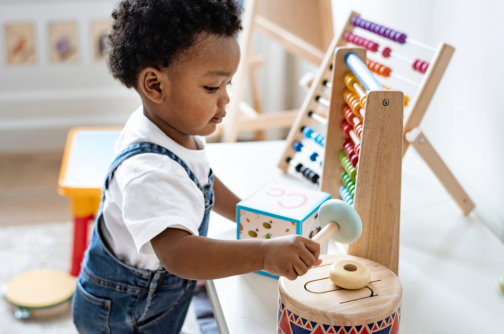
Testimonials
What Parents Say
We believe that clear communication with parents is essential to the child’s wellbeing. It is particularly important during the early preschool years when children reach and surpass many developmental milestones. Naturally, we work diligently to help each of the children to be best taken care of. That is the reason why the parents give us best reviews. Here are a few of them.
